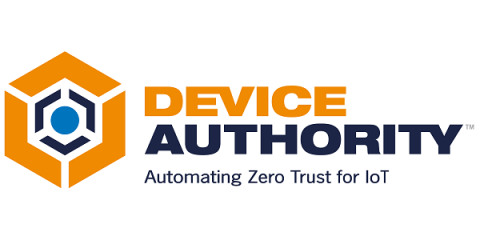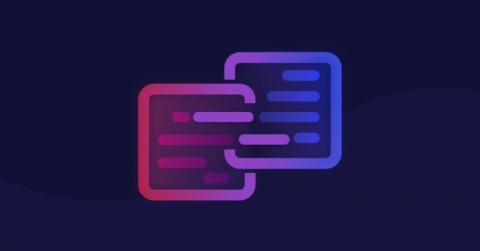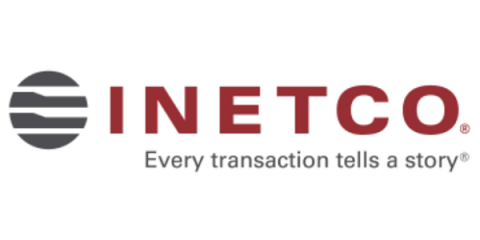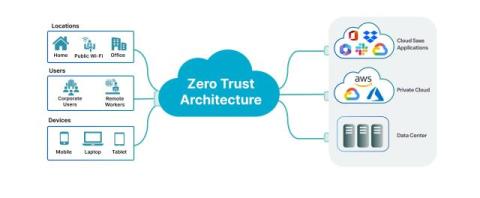Introducing: Extensive AppSec visibility with Snyk Analytics
Your developer team is growing rapidly, and modern applications are becoming increasingly complex. With the rise of GenAI, both developer productivity and security risks are on the rise; How can your application security stay ahead? Snyk Analytics is our most powerful solution yet for AppSec leaders seeking to gain the visibility and insights needed to proactively address security threats.











